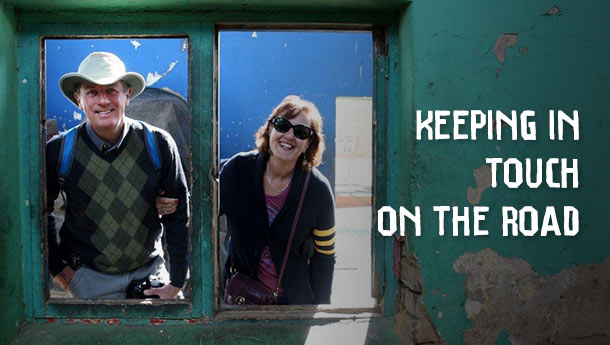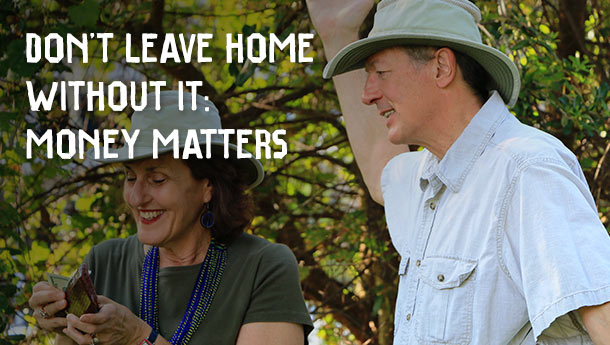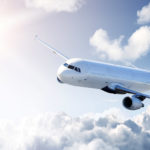African Safari choices: National Park or private reserve?
The Big African Safari Question: Go Big or Go Intimate?
No matter where we go on safari, we eventually have to address this planning question. Do we opt for the wide open spaces and huge numbers of animals in a national park? Or go for the close-up, more personal approach n a private safari lodge.
Each has its pros and cons – and its price. In Botswana, for example, you can opt for the great Chobe National Park, with its big concentrations of elephants, while you accept the restrictions of being inside a national park. Or you can go for the private safari lodge option on the Okavango swamps: a more private and close up experience but also much more expensive and not necessarily as scenic.
Derek and I were loving our time at Hoyo Hoyo, a private safari lodge inside South Africa’s Kruger National Park. I’m a huge fan of private safari lodges inside the Kruger. Why? You just can’t beat the diversity of animals and birds, and the size of the herds that call this magnificent place their home. Staying at a private lodge means you are offered the opportunity to go out twice a day (pre-dawn and late afternoon) in a safari jeep with an incredibly skilled, knowledgeable guide who is absolutely amazing at spotting game. (How in the world did he know the baby leopard was hiding in the tall grass under THAT tree?) And the big plus? The jeeps of Kruger’s private safari lodges are allowed to go off-road in search of the Big 5 (Lion, Elephant, Rhino, Cape Buffalo and Leopard).
The Kruger Park is huge, one of the largest national parks in the world at more than 7500 sq. miles (approx. 220 miles long with an average width of 40 miles across). For the savvy, budget-minded traveler, Kruger is IT. You can self-drive along a network of more than 1,000 miles of well maintained roads (some paved, some gravel, but well graded). You can happen across everything from klipspringers (petite antelope) to huge herds of elephants (A real rush, when you’re tucked inside your smallish Toyota Corolla.) And, there are several comfortable rest camps to stay in, plus very reasonable restaurants and snack bars…..(think US National Parks accommodations as your reference, except better.)
But, for me, “Bundu-Bashing” or plowing through the bush, over trees and across river beds, is the most thrilling part of safari (yes, it’s ecologically acceptable: clearing the bush helps open the grasslands to more species). Derek and I have stayed at several private concessions inside the Kruger over the years, and I love them. This option offers the best of both worlds: the huge expanses, large herds and tremendous variety of animals that is Kruger National Park, along with the intimate, personal rapport with your ranger in an open safari vehicle Land Rover and the ability to track animals wherever they are, which is usually a feature of more expensive private game reserves outside the National Park.
Hoyo Hoyo is administered by the Tsonga people, a diverse people who generally include the Shangaan, Thonga, Tonga and several smaller ethnic groups. One afternoon during our stay, I was having a conversation with Jason, one of the Tsonga staff at the lodge. I asked him how his day was. He looked quite sad, and answered, “Not good.” Upon further questioning, I learned Jason was very worried about his herd of goats. Apparently, they had been suffering with a parasite, and the prognosis was bleak. I asked, “You raise them for their milk, or is it their meat?” “Oh no,” he replied, “My village comes to me when a goat is needed for a cleansing ceremony.”
Gulp. Not the answer I was expecting. I immediately recalled a conversation I had with a lovely young Zambian fellow who drove us from Livingstone airport to our safari lodge on the Zambesi River, not far from Victoria Falls. As the miles sped by, I asked him if he was married. “Not yet,” he answered. “My intended has a very high bride price – 12 head of cattle. I am saving up, and perhaps in 2 years, we will be able to marry.” Not the answer I was expecting either, but I’ve learned when travelling, an open mind is the first thing you need to pack.












